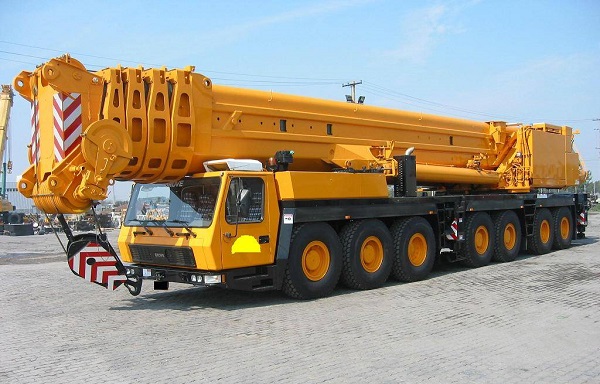The hydraulic crane trucks are lifting machines designed for heavy lifting applications. They can be seen in many construction sites all over Australia and are known for their incredible strength and lifting capability. Furthermore, the crane trucks are extremely mobile and versatile machines which can be used in tight and narrow spaces. There are different crane trucks on the market, designed with different sizes and lifting power. Today, the hydraulic crane trucks are capable to provide the operators increased safety, high productivity and efficient lifting performance.

Most crane trucks that can be found on the market are equipped with a simple hydraulic system which is consisted of two pistons and an oil-filled pipe which connects the pistons. The basic concept of the hydraulic system is: transmitting force from one place to another by using incompressible fluid. Most commonly, oil is used as hydraulic fluid. When one piston pushes the oil down, the oil is transmitted to another piston which is driven up. The operator pushes the foot throttle to run the pump faster when the pressure needs to be increased.
The hydraulic system is the main part in every crane truck. But there are many other components which are involved in the lifting operation, including: boom, jib, Rotex gear, outriggers and load moment indicator.
The boom is the largest and the most recognizable component of the crane trucks. It’s function is to hold the load. The jib is a lattice structure which is attached to the end of the boom. The jib is actually a boom extension. The rotex gear is a large gear located under the cabin, and it is the part which rotates the cab and the boom. The outriggers support the crane trucks when heavy items are being lifted. They are extended from the sides, and are responsible for keeping the crane trucks in balance and in stable position. The load moment indicator is an instrument with flashing lights located in the cab.
All instruments and elements are controlled by the operator inside the cab. The joysticks and the food pedals are used by the operator to control the movement of the boom and the entire machine. There are two joysticks in the cab. One joystick controls the left-to-right movements, and the second joystick controls the forward and back movements of the boom. The foot pedals are responsible for retracting and extending the section of the boom, and also to control the amount of pressure generated by the pump.
In order to perform the lifting operations safely and properly, at least two operators are needed. They are referred as the oiler and the signalman. The oiler is responsible to ensure that the parts are working properly and are well secured prior any lifting. The signalman gives hand signals to the operator inside the cabin during the lifting operations.
























